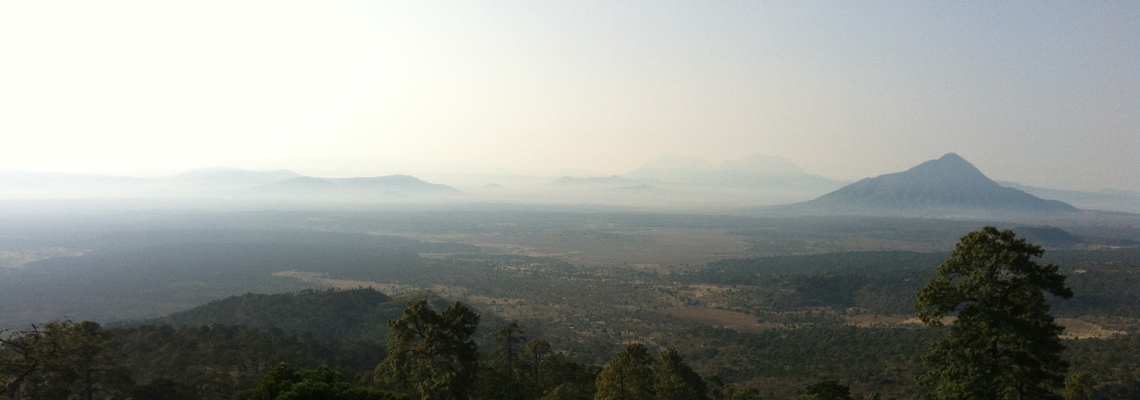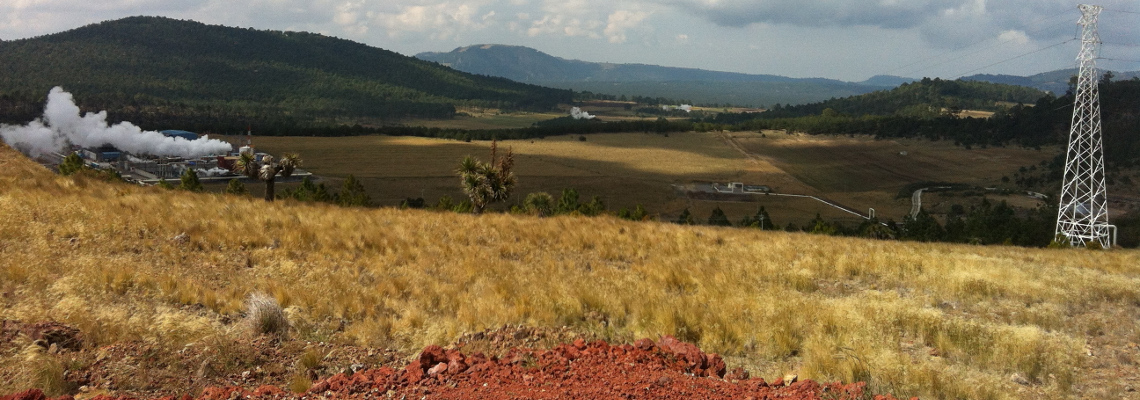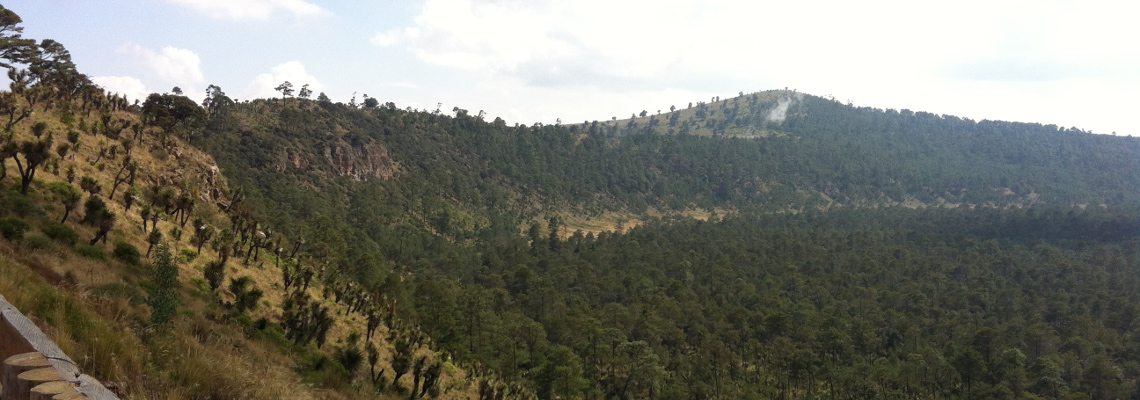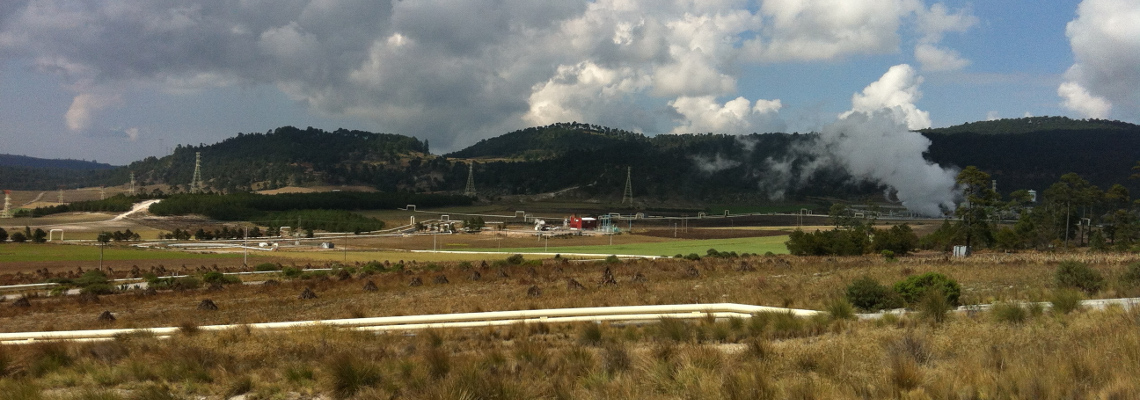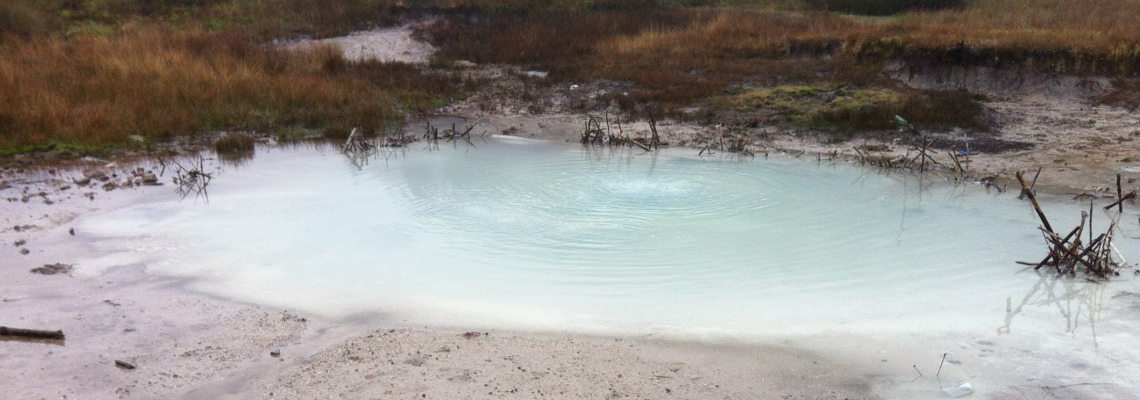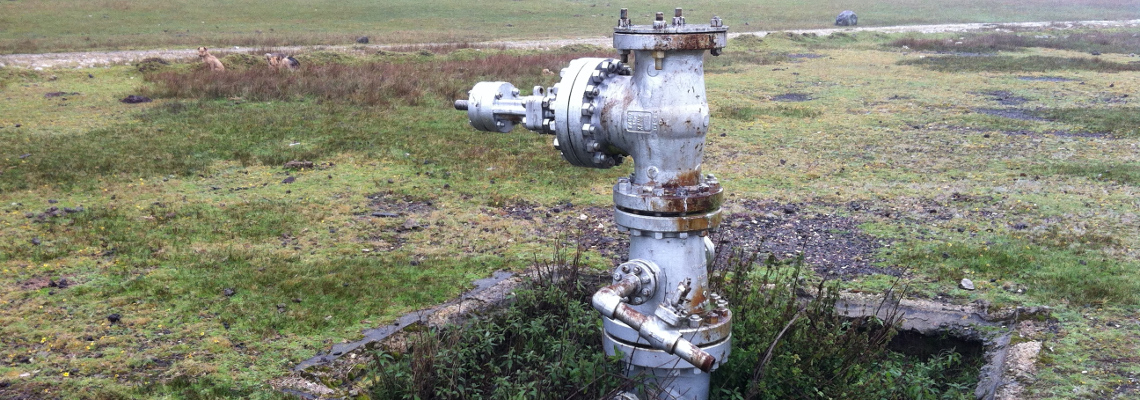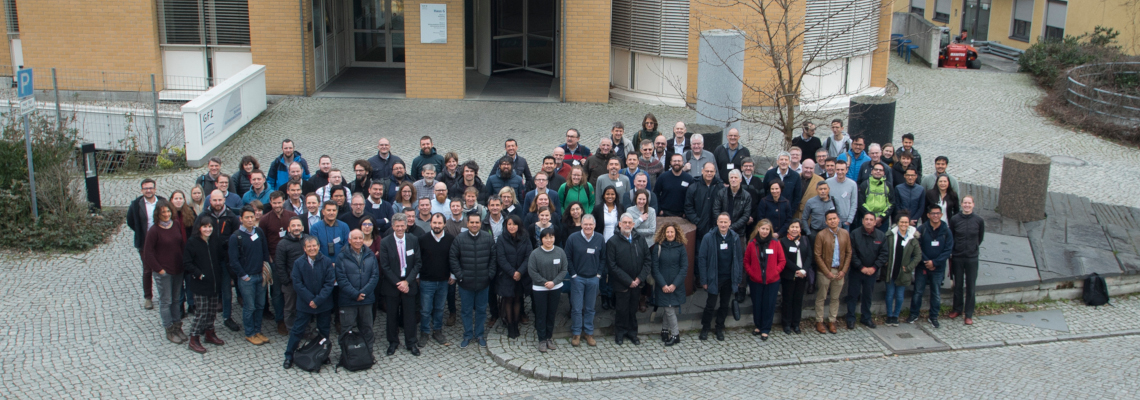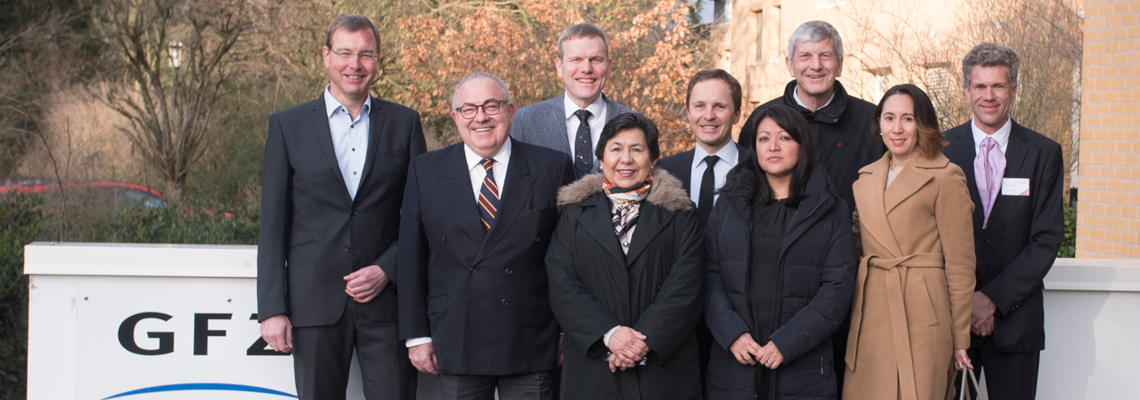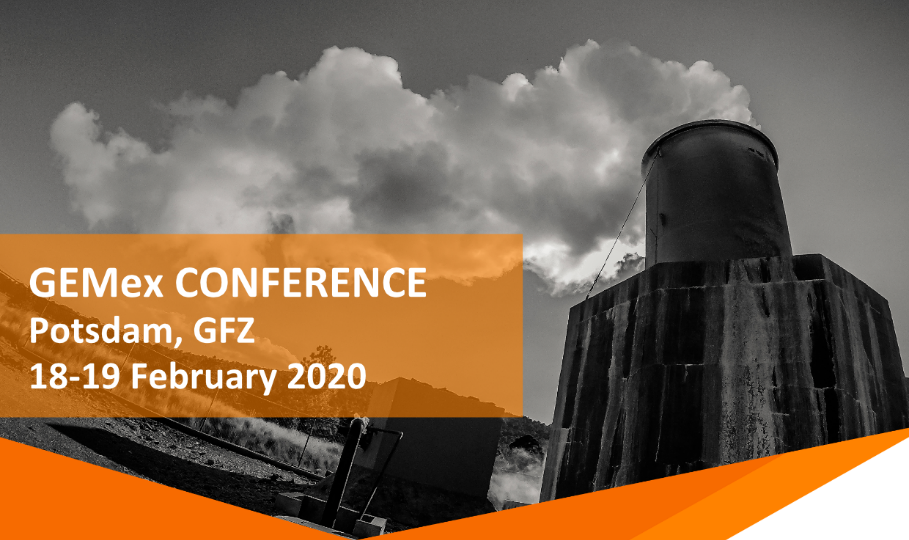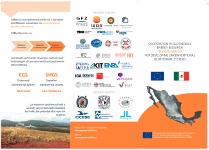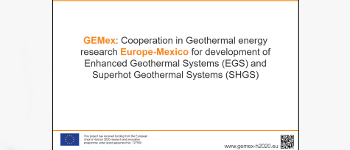E-news #1:
Gaining understanding from exhumed fossil geothermal systems
The deep roots of the Las Minas fossil geothermal system, now exposed at surface, are considered an analogue of the Los Humeros active geothermal system. At Las Minas, GEMex researchers investigated the relationships between geological structures and paleo-geothermal fluid flow with the aim to shed light on the deep structures of the active Los Humeros field.
GEMex scientists concluded the collection of structural data and key-rock samples. Moreover, a few large key-outcrops were analyzed through acquisition of images from drone, thus permitting to study the 3D distribution of fractures, with fallouts on the evaluation of local paleo-permeability.
The first results indicate:
Two main regional trends, NNW-SSE and SW-NE oriented, were contemporaneously affecting the Las Minas area, favouring permeability. In particular, these were delimiting a structural depression where lacustrine sediments [1] deposited, the age of which is under study.
Volcanic activity is originated by deep sources made up of intrusive magma bodies that are precursor, coeval and subsequent, to the lacustrine deposition. Hydrothermal mineralization (skarn) is located within the cataclasites [2] of the brittle structures affecting the magma source (endoskarn) and the hosting rocks (exoskarn). Very often the skarn is present along sedimentary layers, indicating that the circulation of fluids was controlled by pre-existing foliations, too. The age of hydrothermal circulation is on course by radiometric dating (40Ar/39Ar method) studies of key-minerals.
Fluid inclusions (i.e. portions of parental fluids remained trapped during crystallization) analysis indicate that the circulating paleo-fluid was characterized by high salinity and temperature, suggesting a contribution of magmatic fluid to the hydrothermal system.
The localization of skarn deposits, markers of paleo-fluid path, indicates that the system of regional fractures are the most efficient targets for a future exploration.
Today, the activity is focused on integration of data, interpretation and development of the conceptual model. All the activities were carried out in collaboration between Mexican and European colleagues, in a positive and fruitful framework of cooperation and friendship.
[1] Lacustrine sediments: deposits in the bottom of ancient lakes carried by a river or steam channel
[2] Cataclasite: rock formed by fracturing and comminution during faulting
[3] Foliations: repetitive layering
Read more: Deliverable 4.2: Final report on understanding from exhumed systems […]
 Figure 2: The European and Mexican joint-group during our common fieldwork in January 2018
Figure 2: The European and Mexican joint-group during our common fieldwork in January 2018 
